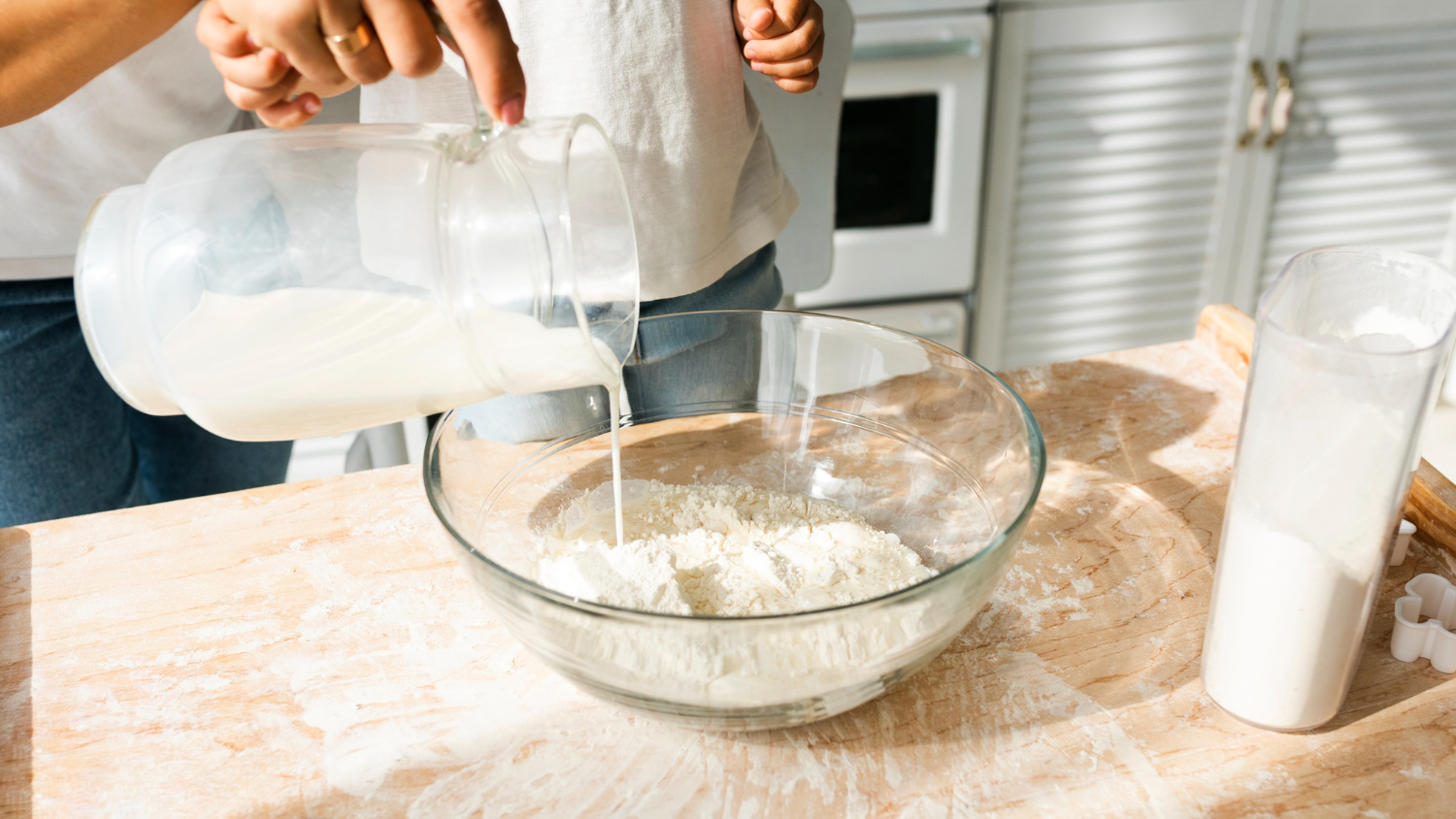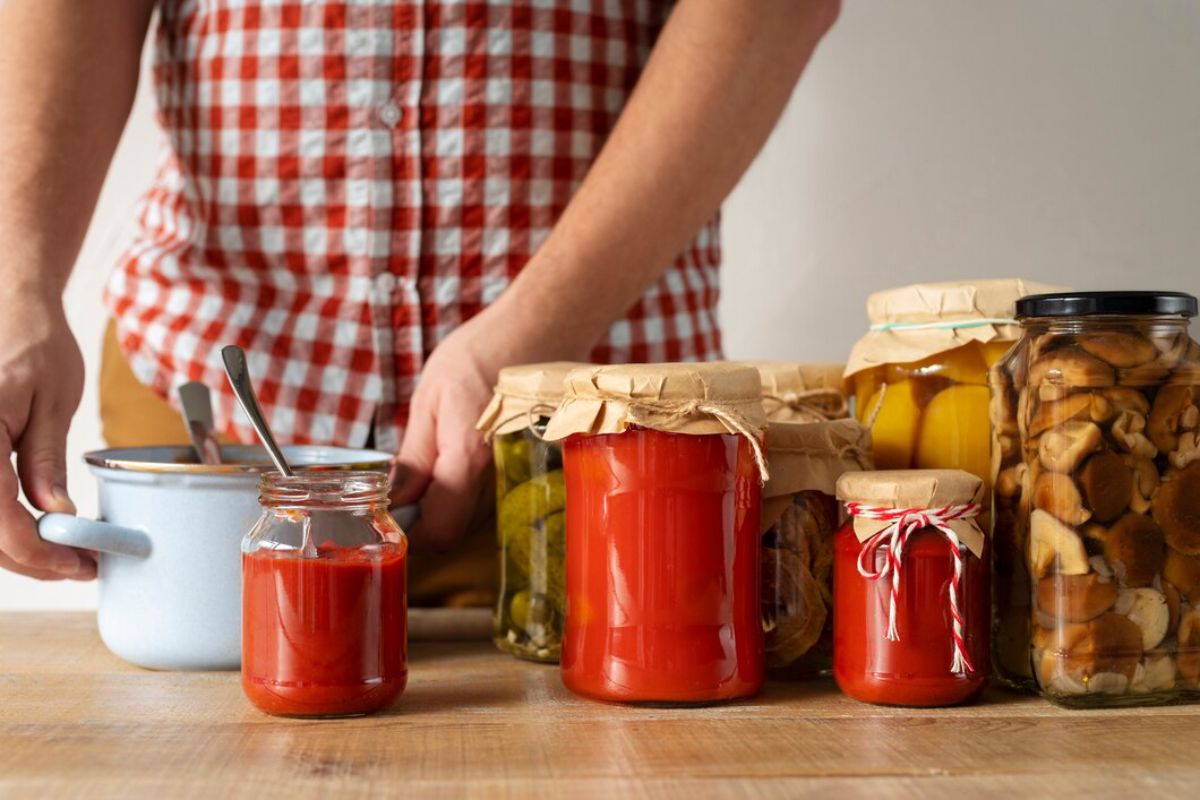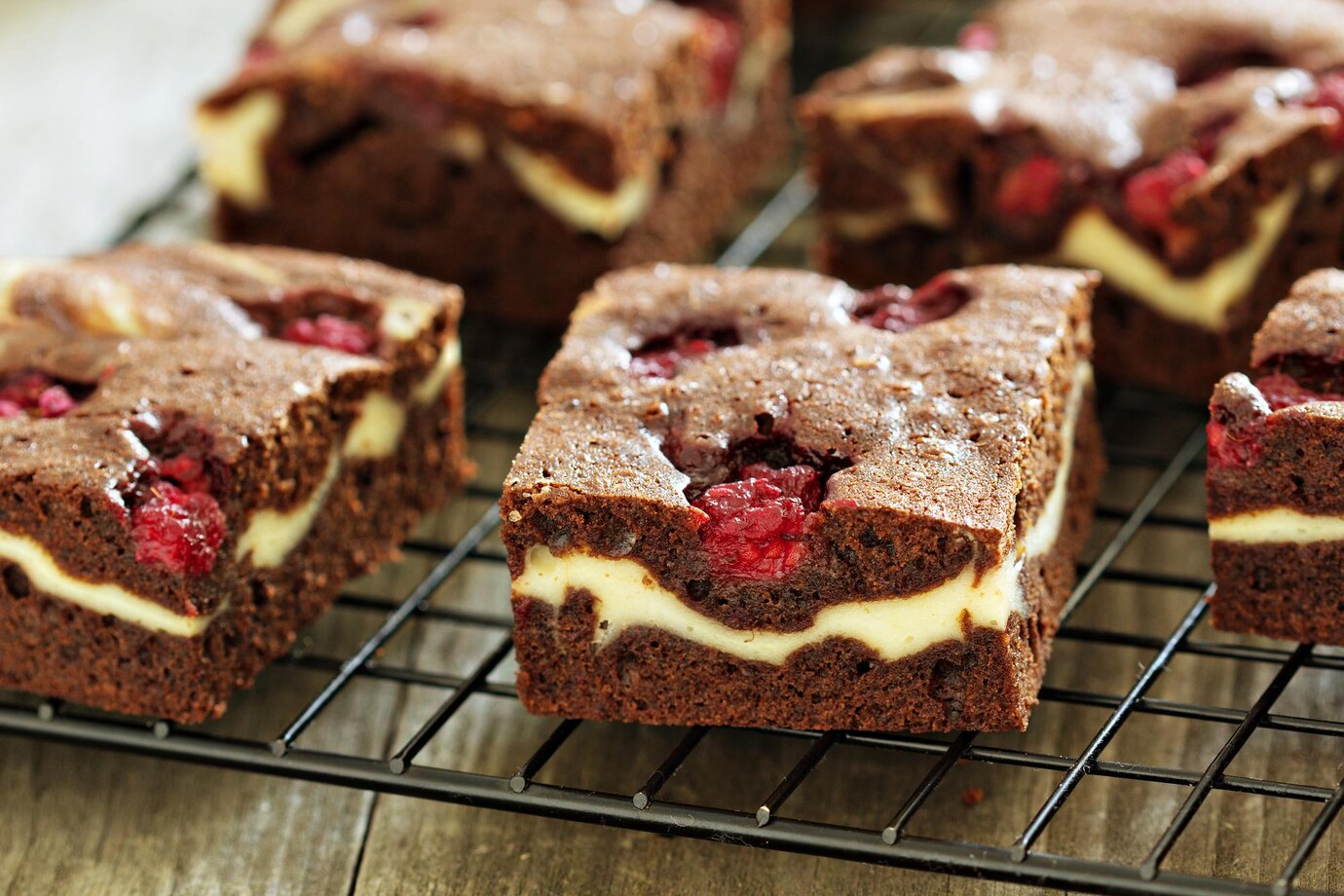
The Science Behind Baking: Tips for Perfect Pastries
Baking is famously an art and a science. Creativity and intuition factor into it, of course, but knowing the science of baking distinguishes a good baker from a great one. Every ingredient serves a purpose, and every process adheres to a chemical reaction that dictates texture, flavour and structure.
In the guide, we’ll explore the baking chemistry at play with staple ingredients, decipher how various techniques can impact your final product, and offer authoritative tips for mastering your perfect pastry recipes. And those tips apply whether you’re baking a buttery croissant, flaky pie crust or delicate puff pastry — anyone you love can enjoy such professional results at home.
The Role of Key Ingredients in Baking Chemistry
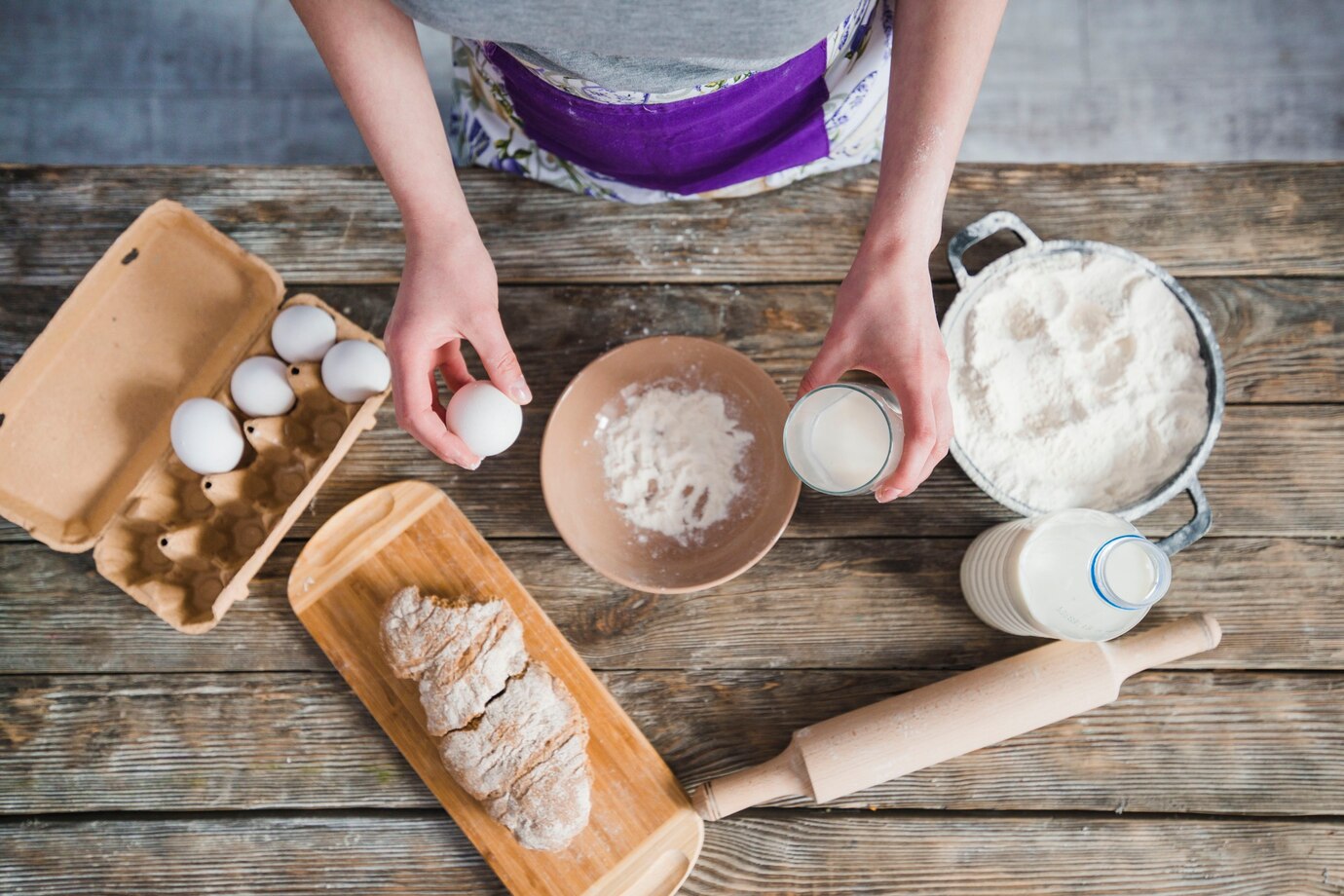
Baking is as much a science as it is an art, with each ingredient playing a crucial role in texture, structure, and flavour. From the leavening power of baking powder to the moisture-locking magic of fats, understanding baking chemistry is the key to perfecting every sweet creation.
1. Flour: The Foundation of Structure
Flour provides structure to baked goods through gluten formation. When flour meets water, two proteins—glutenin and gliadin—join to form gluten. This gluten makes dough elastic and strong.
- Strong flour (bread flour): Higher protein content, ideal for bread and laminated pastries.
- Plain flour (all-purpose): Medium protein content, suitable for cakes, cookies, and most pastries.
- Cake flour: Low protein content, creating a tender, delicate crumb.
Tip: Sifting flour aerates it, making pastries lighter. Overmixing dough, however, develops too much gluten, leading to tough pastries.
2. Fat: Flavour and Flakiness
Fat helps make textures tender and flaky. It stops gluten from forming too much and adds richness.
- Butter: Provides excellent flavour and a crisp, flaky texture in puff pastry and shortcrust.
- Lard: Yields a very flaky texture, commonly used in traditional pie crusts.
- Vegetable shortening: Produces a tender texture and prevents the pastry from shrinking.
Tip: Keep fats cold. This helps them mix less into the dough. When baked, you’ll see nice layers.
3. Sugar: Sweetness and Caramelisation
Sugar does more than just sweeten. It helps keep moisture, adds tenderness, and creates browning. This happens through caramelisation and the Maillard reaction.
- Granulated sugar: Used for crisp cookies and pastries.
- Brown sugar: Contains molasses, adding moisture and chewiness.
- Icing sugar: Best for fine-textured pastries and frostings.
Tip: Reducing sugar affects browning and structure, so adjust other ingredients accordingly.
4. Eggs: Structure, Moisture, and Stability
Eggs contribute structure, leavening, and richness to baked goods. The proteins coagulate when heated, helping pastries hold their shape.
- Egg yolks: Provide fat and emulsification, making pastries rich and tender.
- Egg whites: Act as a drying and leavening agent, helping pastries rise.
Tip: Using room-temperature eggs helps them incorporate evenly, creating a uniform texture.
5. Leavening Agents: The Science of Rise
Leavening agents introduce air into the dough, creating light and airy textures. There are three main types:
- Yeast: A biological leavening agent that ferments sugars, producing carbon dioxide and developing flavour over time.
- Baking powder: A chemical leavening agent that reacts with liquid and heat to create air pockets.
- Baking soda: Requires an acidic ingredient (like lemon juice or buttermilk) to produce carbon dioxide and lift pastries.
Tip: Using too much leavening agent can cause pastries to rise too quickly and collapse.
6. Liquids: Hydration and Texture
Liquids bind dry ingredients, hydrate flour proteins for gluten development, and influence texture.
- Water: Yields a crispier pastry texture.
- Milk: Adds richness and enhances browning.
- Buttermilk: Provides acidity for tenderness and activates baking soda.
Tip: The temperature of liquids affects yeast activation and gluten development. Cold water slows yeast growth, while warm water speeds it up.
The Science of Temperature in Baking
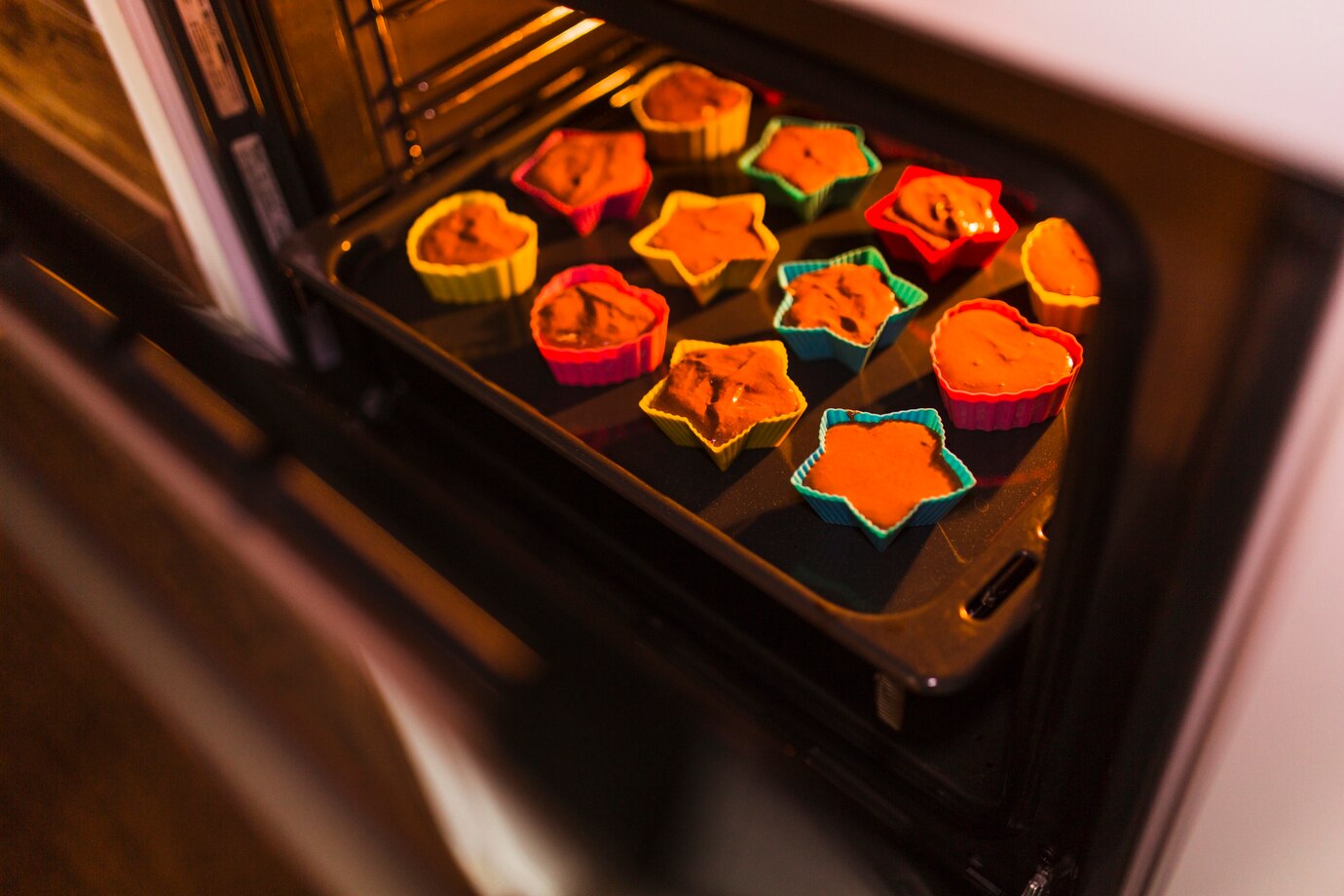
Temperature is a crucial factor in baking, influencing everything from rise and texture to flavour development. Precise heat control ensures proper caramelisation, even baking, and the perfect balance between crispness and softness in desserts.
1. Why Oven Temperature Matters
Correct oven temperature is critical for achieving the right texture in pastries. Too hot, and pastries may brown too quickly while remaining raw inside. Too low, and they won’t rise properly.
- High temperatures (200°C/400°F+): Ideal for puff pastry and choux pastry to create rapid steam and lift.
- Medium temperatures (175-190°C/350-375°F): Best for shortcrust pastry, ensuring even baking.
- Low temperatures (150°C/300°F): Used for delicate meringues and slow-baked treats.
Tip: Always preheat your oven for at least 10-15 minutes before baking to ensure consistent heat distribution.
2. The Role of Chilling and Resting Dough
Chilling dough allows fats to firm up and gluten to relax, leading to better texture and easier handling.
- Shortcrust pastry: Needs to be chilled for at least 30 minutes before rolling.
- Puff pastry: Requires multiple chilling and folding steps to create flaky layers.
- Choux pastry: Resting the dough before baking allows moisture to redistribute for even puffing.
Tip: Never skip resting time—rushed dough leads to tough, unevenly baked pastries.
Perfect Pastry Techniques for Flawless Results
Mastering pastry requires precision, from handling butter correctly to achieving the perfect dough consistency whether it’s a flaky puff, a crisp shortcrust, or a delicate choux, the right techniques ensure a flawless, melt-in-the-mouth finish.
1. How to Achieve the Perfect Flaky Crust
- Use cold butter and handle the dough minimally.
- Roll out the dough evenly and avoid overworking it.
- Use a light touch when layering fat to maintain structure.
2. How to Create Golden, Glossy Pastries
- Brush pastries with egg wash for shine and colour.
- Sprinkle sugar or milk for a caramelised crust.
- Bake at the correct temperature for even browning.
3. Avoiding Soggy Bottoms in Pies and Tarts
- Pre-bake (blind bake) the crust before adding wet fillings.
- Use a baking stone or metal tray to distribute heat evenly.
- Avoid overloading pies with liquid-heavy fillings.
Unlock the Secrets of Baking Flawless Pastries
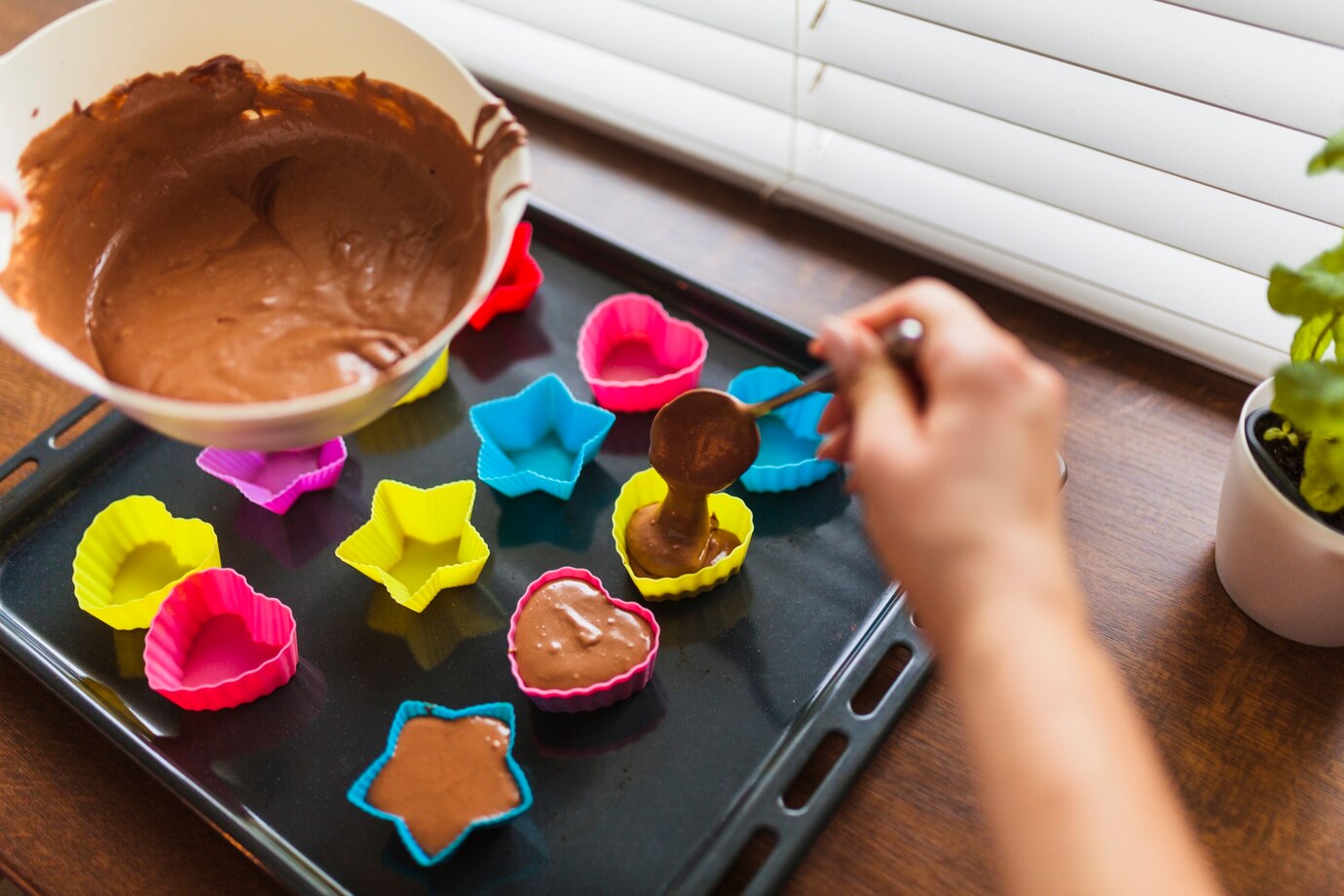
Mastering the science of baking will unlock the secrets of achieving flawless, professional-looking pastries. Learn how ingredients interact, why temperature matters and techniques limit texture. This will take your baking to the next level.
If you’re working on laminated doughs, mastering your shortcrust or making puff pastry, using these baking chemistry principles will guarantee you will succeed. With practice and precision, you’ll end up with perfect pastry recipes that can rival the best patisseries around.
Now that you understand the science behind it, why not put these tips into action and bake something amazing? Happy baking!
Let us offer you your next sweet adventure. Click Here!

